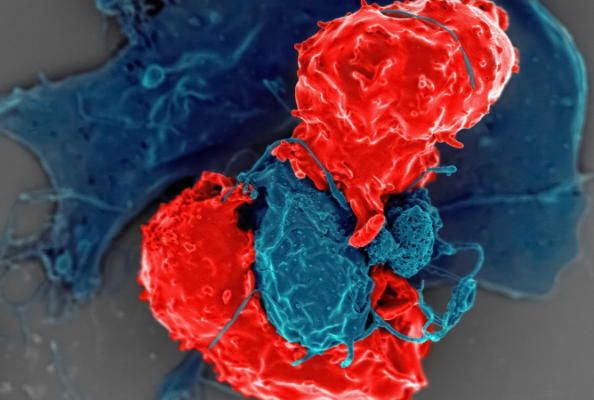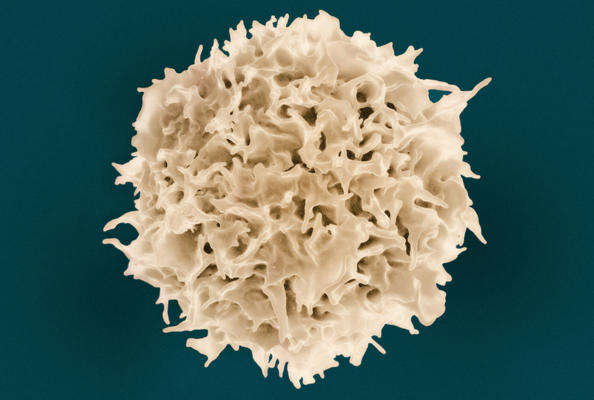
- Details
-
Also available in:

- Parent Category: Knowledge Base
- Hits: 20
CD8 is a membrane-bound glycoprotein widely expressed on cytotoxic T cells (CD8⁺ T cells), certain subsets of natural killer (NK) cells, and specific populations during thymocyte development. It typically exists as a heterodimer of an alpha and a beta chain, functioning as a co-receptor for the T-cell receptor (TCR). It binds to Major Histocompatibility Complex class I (MHC-I) molecules, enhancing the affinity of the TCR for the peptide-MHC complex, thereby promoting downstream signal transduction and T cell activation. CD8 plays a critical role in immune responses and is one of the key effector molecules for the body to clear virus-infected cells and tumor cells. Due to its central role in immune regulation, CD8 has become an important target in tumor immunotherapy, immune cell research, and the exploration of immune regulatory mechanisms.

- Details
-
Also available in:

- Parent Category: Knowledge Base
- Hits: 61
Data from the National Health Commission of China in 2024 shows that the overweight and obesity rates among Chinese adults have reached 34.3% and 16.4%, respectively, meaning more than half of the adult population is overweight. Obesity is a significant risk factor for diabetes, cardiovascular diseases, various cancers, and metabolic syndrome. It is projected that by 2050, over half of the global adult population will be overweight or obese. Faced with the limited effectiveness of current lifestyle interventions and the side effects of existing medications, the development of novel, safe, and effective anti-obesity strategies is urgently needed.

- Details
-
Also available in:

- Parent Category: Knowledge Base
- Hits: 90
Psoriatic arthritis (PsA) is a chronic inflammatory disease affecting multiple tissues, including the skin, joints, and entheses, severely restricting patients' mobility and diminishing their quality of life and work productivity. Conventional disease-modifying antirheumatic drugs (DMARDs) show limited efficacy in some patients. Existing traditional monoclonal antibody (mAb) biologics face challenges due to their large molecular size (approximately 150 kDa) and poor tissue penetration, hindering effective distribution to poorly vascularized tissues like the synovium and entheses. This results in significantly lower drug concentrations in synovial fluid compared to plasma, limiting their therapeutic potential. Studies indicate that only about one-third of patients achieve minimal disease activity (MDA) within six months of initiating biologic or targeted synthetic DMARDs. Furthermore, PsA pathogenesis is closely linked to the interleukin-17 (IL-17) cytokine family. Both IL-17A and IL-17F are overexpressed in lesional tissues and form homodimers and heterodimers that collectively drive inflammation. Inhibiting only a single cytokine is often insufficient for optimal therapeutic outcomes. Therefore, developing novel antibody therapies that combine dual-target inhibition with enhanced tissue penetration is crucial for overcoming current treatment bottlenecks in PsA.

- Details
-
Also available in:

- Parent Category: Knowledge Base
- Hits: 86
T-cell malignancies are a group of highly aggressive hematologic tumors with high relapse rates and generally poor patient prognosis. A significant challenge arises because CD5, a characteristic marker of malignant T-cells, is also expressed on almost all normal T-cells. This makes CD5-targeting CAR-T therapies unable to distinguish friend from foe, leading them to attack normal T-cells and potentially cause immune function failure. Natural Killer (NK) cells, as key effector cells of the immune system, can recognize and eliminate tumor cells without prior antigen sensitization. Furthermore, their surface lacks CD5 expression, making them ideal effector cells for targeting CD5+ tumor cells.





